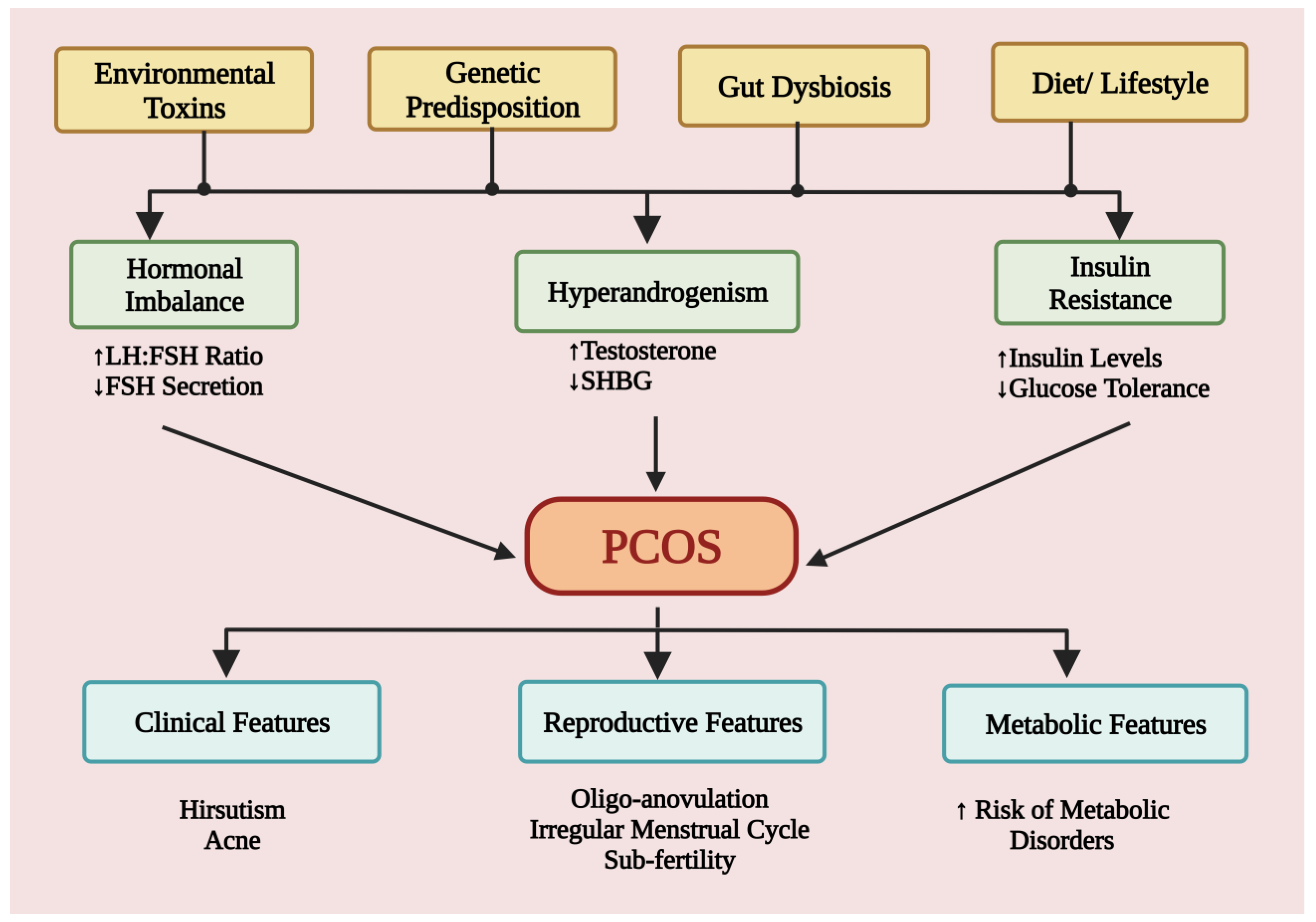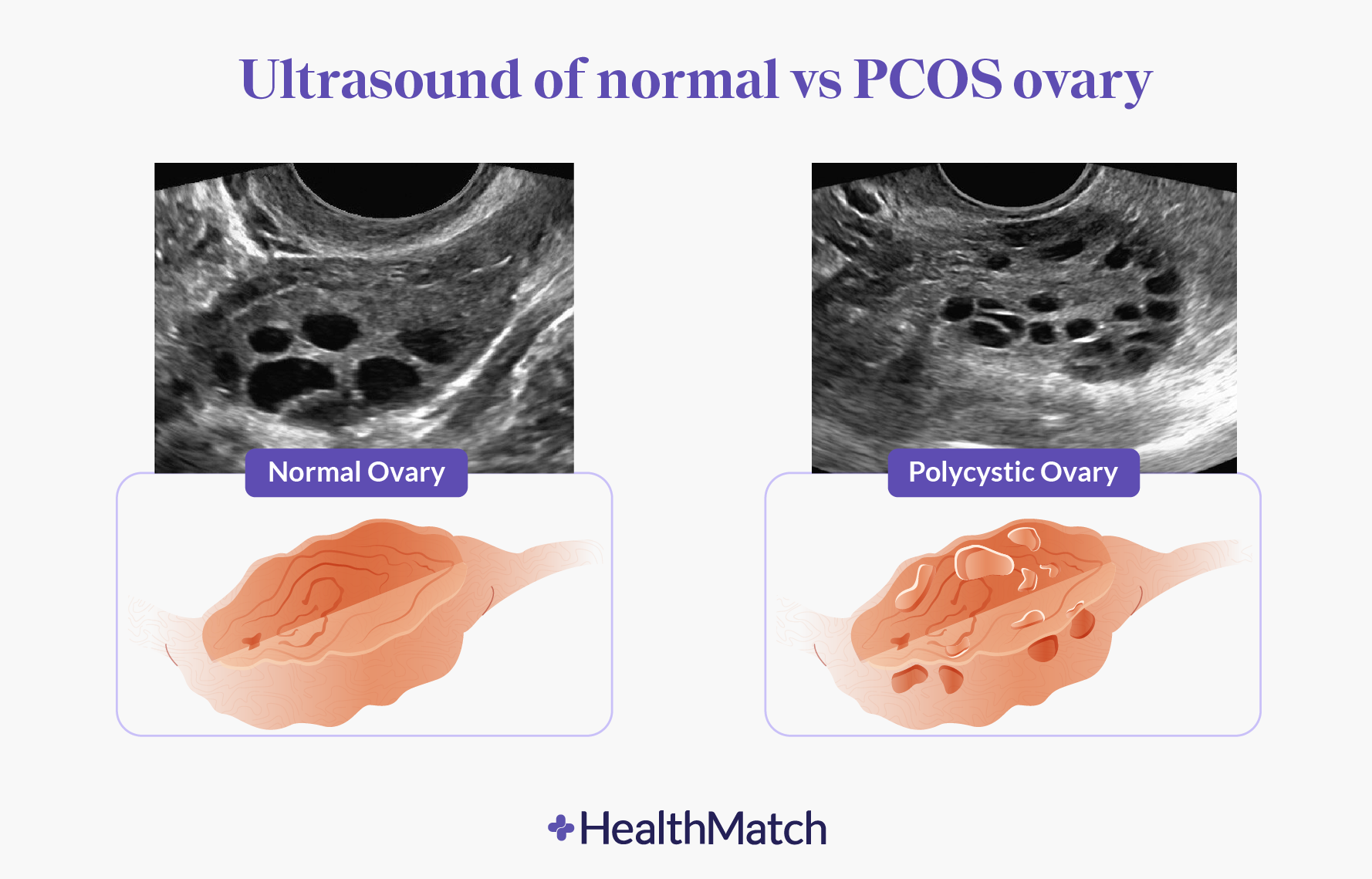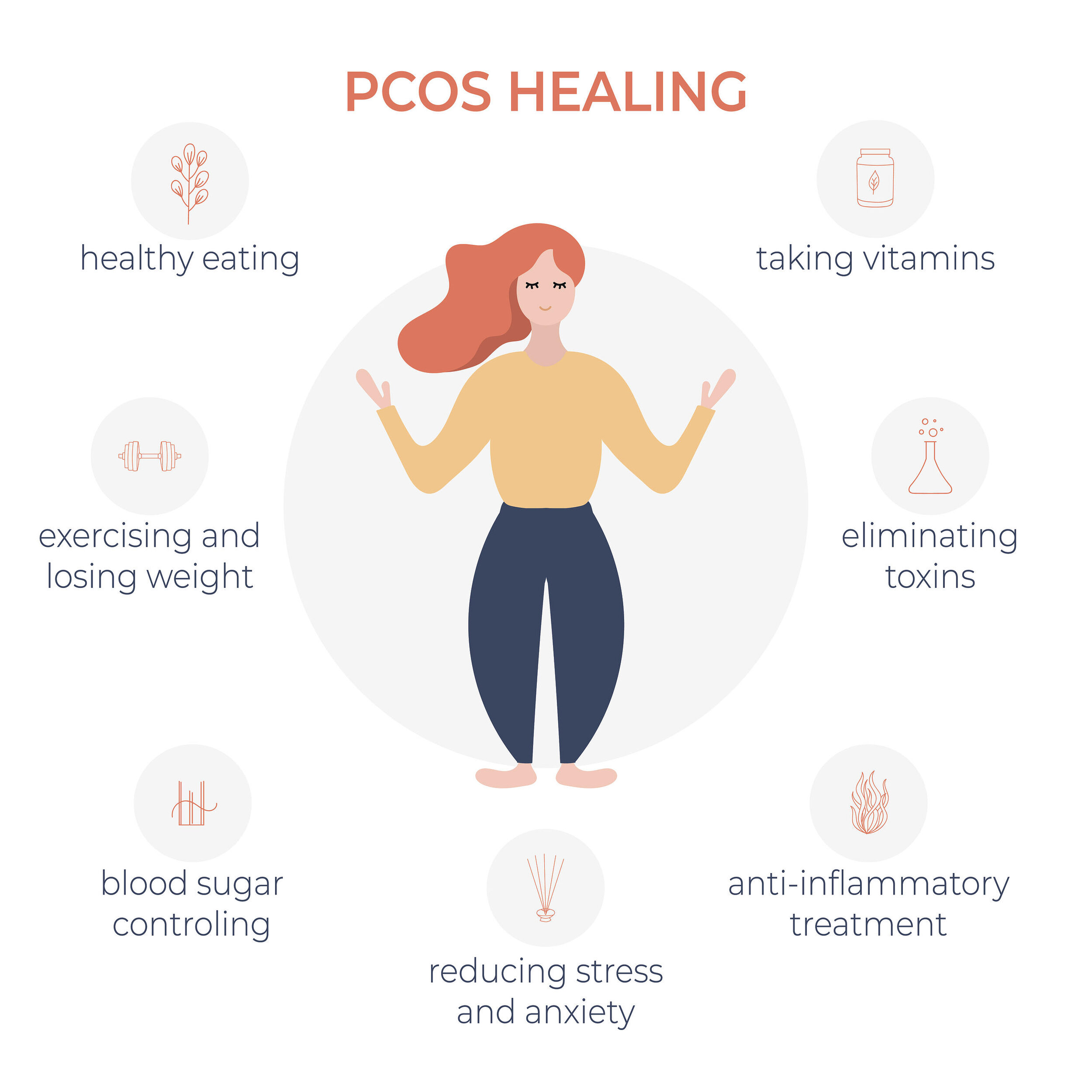Do you ever think about the air you breathe inside your home? It’s a pretty important question, isn't it? Our indoor spaces, where we spend so much time, can actually hold a lot of things floating around that we might not want to inhale. Things like dust, pet dander, or even tiny bits of pollution from outside can make their way in, and so, you know, it makes you wonder what can be done.
Many people look for ways to make their home air cleaner, perhaps to help with allergies or just to feel better generally. Traditional air filters do a good job of catching particles, but some airborne concerns are too small for them to handle. This is where a different kind of air cleaning system, the PCO air purifier, comes into the picture, offering a way to deal with things beyond just trapping them.
This article will explain what a PCO air purifier is all about, how it works its magic, and what makes it a choice worth considering for your living space. We will also talk about how it stands up against other air cleaning methods, and give you some ideas for picking one out. Basically, you'll get a good picture of this interesting air cleaning option.
- Disney Villain Wedding Dresses
- Prime Aaron Judge Flavor
- Luzelba Mansour Husband
- Serum Pour Cils
- Puppy Bow
Table of Contents
- What is a PCO Air Purifier?
- Why Consider a PCO Air Purifier?
- PCO Air Purifiers Versus Other Technologies
- Choosing the Right PCO Air Purifier
- Real-World Benefits for Your Home
- Frequently Asked Questions About PCO Air Purifiers
What is a PCO Air Purifier?
A PCO air purifier is a device made to clean the air inside buildings. PCO stands for Photocatalytic Oxidation. This name might sound a bit complex, but the idea behind it is quite clever, actually. It's a technology that uses light and a special surface to clean the air, rather than just capturing things. So, it's a different way to think about making your air fresh.
These air purifiers are a part of a wider selection of air cleaning equipment. They aim to make the air you breathe safer and more pleasant. Many air purifiers simply trap particles, but PCO units go a step further, working to break down things that cause problems in the air. This process means they can deal with things that are too tiny for typical filters to catch, you know, like very small bits.
The core of a PCO air purifier involves a special kind of chemical reaction. This reaction helps to get rid of things in the air that can cause health worries or bad smells. Ultravation® advanced photocatalytic oxidation (PCO) air purifiers, for instance, are known for cleaning the air of various types of contamination and odors, so that's pretty good.
- The Rock And Dwayne Johnson Are Twins
- Paula Deen Dishes
- Dog Shampoo Oatmeal
- Diddy Shop
- Katharine Mcphee Leaked Nude
The Science Behind PCO
The science that makes PCO air purifiers work is called photocatalytic oxidation. It's a process that happens when light shines on a special material, called a catalyst. This catalyst is usually titanium dioxide, a common and safe material. When ultraviolet light, a very energetic kind of light, hits this catalyst, it causes a reaction, you see.
This reaction creates things called hydroxyl radicals and super-oxide ions. These are very active particles, sort of like tiny cleaning agents. They are released into the air and seek out airborne contaminants. It’s a bit like having microscopic helpers going around your room, if you can imagine that, and they do their work silently.
The process is quite natural, in a way. It mimics how some things break down in the atmosphere, but it happens right inside your air purifier. This method means the PCO technology doesn't just collect pollutants; it changes them into harmless substances like water vapor and carbon dioxide. This transformation is what sets it apart from many other air cleaning methods, honestly.
How PCO Air Purifiers Operate
In a nutshell, a PCO photocatalytic air purifier works when ultraviolet light shines onto a catalyst. This action converts water in the air into those active cleaning agents we just talked about. These agents then float through your home's air, searching for things that shouldn't be there, like bad smells or tiny bits of unwanted material, so that's how it starts.
When these active agents meet contaminants, they react with them, breaking them down at a molecular level. This means they can take care of things like volatile organic compounds (VOCs), bacteria, viruses, and mold spores. It’s a pretty thorough cleaning process for the air, actually, rather than just a simple filtering.
Some systems, like the Solaris® whole house PCO air purifier system, are designed to eliminate air contamination throughout your entire home. These whole-house solutions reach beyond what simple filters can do, tackling a wide range of indoor air issues, from odors to bacteria. It’s a comprehensive approach to cleaner air, to be honest.
Why Consider a PCO Air Purifier?
Air quality is a concern that grows for many people. Pollutants in the air can pose risks to health and the surroundings. PCO air purifiers offer an innovative solution to these worries. They provide a different way to think about keeping your indoor air clean, beyond just catching dust, you know.
One of the main reasons to think about a PCO unit is its ability to do more than just filter. While filters are good at stopping particles, PCO technology actively works to destroy things that cause problems. This means it can tackle issues that might slip through other systems, like very tiny airborne elements. So, there is a clear difference in how it works.
Another compelling point is the potential for less maintenance. Some PCO air purifiers boast that you don't need to replace their filters, which is a big deal for many people. This feature can save time and money over the life of the unit, making it a more convenient choice for busy households, pretty much.
Beyond Filtration: Destroying Contaminants
Many air purifiers rely on physical filters to trap particles. While this is effective for dust, pollen, and pet dander, it doesn't do much for things that are too small to be caught, like gases, odors, or tiny bits of bacteria and viruses. PCO air purifiers work differently, actually, by breaking these things apart.
The photocatalytic process employed by PCO air purifiers offers remarkable benefits in combating pollutants. Instead of just holding onto them, it transforms them. This means that things like airborne germs, mold spores, and even certain chemicals get changed into harmless compounds. It’s a bit like a chemical reaction that cleans the air, rather than just straining it.
This destruction of contaminants is a key advantage. It means the PCO system can reduce the presence of living organisms and chemical pollutants in your air. This could lead to a healthier living space, especially for people who are sensitive to airborne irritants, or those who just want to breathe cleaner air, you know.
Tackling Odors and VOCs
Have you ever noticed lingering smells in your home, perhaps from cooking, pets, or cleaning products? These odors often come from volatile organic compounds (VOCs), which are gases released from various sources. Traditional filters, even carbon ones, can struggle with some of these smells over time. PCO air purifiers offer a different way to deal with them, in a way.
The active cleaning agents created by PCO technology are very good at breaking down these odor-causing molecules. Instead of masking the smell or just absorbing it temporarily, PCO aims to eliminate the source of the odor. This means fresher air that truly feels clean, rather than just covered up, so that's a real benefit.
For instance, the Solaris® whole house PCO air purifier system is said to eliminate air contamination, including odors. This ability to get rid of smells at their source makes PCO a very useful tool for homes where odors are a regular concern. It’s a pretty effective method for improving air freshness, honestly.
Potential for Filter-Free Operation
One thing that sets PCO air purifiers differently from many others in the market is the claim of not needing to replace filters. This is a big point for many people, as changing filters can be a chore and an ongoing expense. If a PCO unit can truly work without regular filter swaps, it offers a distinct convenience, you see.
The idea is that because the PCO technology destroys contaminants rather than just collecting them, there's less build-up on a physical filter. This can mean less maintenance for you, and no fear of having to buy new filters all the time. It’s a more sustainable and economically smart choice in some respects, if that's what you are looking for.
While some PCO systems might still include a pre-filter for larger particles or a carbon filter for specific gases, the core PCO component itself often requires minimal upkeep. This can make owning a PCO air purifier a simpler experience, saving you time and effort in the long run, pretty much.
PCO Air Purifiers Versus Other Technologies
When you're thinking about an air purifier, you'll find many types out there. Two common ones are PCO and HEPA. It's helpful to understand how they compare, as each has its own strengths. Knowing the differences can help you pick what's best for your home's needs, so that's a good thing to learn about.
HEPA filters have been around for many years and are known for their ability to trap very small particles. PCO air purifiers, however, are becoming recognized as a very effective and efficient option, especially for destroying contaminants. They approach air cleaning from different angles, you know, one traps, the other breaks down.
Sometimes, the best solution involves using more than one type of technology together. Some air purifiers combine PCO with other methods to give you a very thorough clean. This combination can offer the best of both worlds, dealing with a wider range of air quality issues, which is something to consider, too it's almost.
PCO vs. HEPA: A Closer Look
HEPA filters are good at capturing airborne particles like dust, pollen, pet dander, and mold spores. They work by forcing air through a fine mesh that traps these small bits. They are very effective for allergies and general particle removal, basically. A review by the EPA, for example, looked at common air filters and found that a combination of HEPA and carbon filters is very effective for particle removal.
PCO air purifiers, on the other hand, use a different method entirely. They don't just trap things; they destroy them. This means they are particularly good at dealing with odors, volatile organic compounds (VOCs), bacteria, and viruses, which often pass right through a HEPA filter. PCO works by changing these pollutants into harmless substances, in a way.
So, while HEPA is great for particles, PCO excels at breaking down gaseous pollutants and living microorganisms. It's not really about one being "better" than the other in all cases, but rather what specific air problems you want to address. Both have their place in making air cleaner, you see, depending on what's floating around.
Combining Technologies for Ultimate Cleanliness
Some of the most advanced air purifiers on the market combine different cleaning methods to offer a complete solution. For instance, an air purifier might feature multiple stages, including a HEPA filter, a carbon filter, and a PCO unit. This layered approach can tackle a very wide range of indoor air issues, so that's a good thing.
An example of this is the Air Health Skye 5-stage air purifier. This unit features ultraviolet light (UVC), an H13 true HEPA filter, a carbon filter, and PCO technology, along with smart Wi-Fi and auto mode. It works quietly and aims to remove a high percentage of particles, smoke, mold, pet dander, dust, and odors. This kind of system gives you the benefits of both particle capture and contaminant destruction, honestly.
By bringing together technologies like HEPA for particles and PCO for gases and microorganisms, these multi-stage purifiers offer a very thorough approach to indoor air decontamination. Hitech Air Solutions, for example, offers a range of air purification equipment designed to destroy contaminants and create safe indoor air, which often involves such combined methods. It’s like having several tools for one big job, you know.
Choosing the Right PCO Air Purifier
If you're thinking about getting a PCO air purifier for your home, there are a few things to keep in mind. Knowing what to look for can help you pick a model that fits your needs and your living space. It's about finding the right match for your particular air quality concerns, basically.
Consider the size of the room where you plan to use the purifier. Different models are made for different room sizes, so getting one that's too small for a large area won't be as effective. Also, think about any special features that might be helpful, like smart controls or quiet operation, you know, for everyday living.
Finally, consider the maintenance required. While some PCO units boast filter-free operation, others might still have some components that need occasional cleaning or replacement. Understanding this upfront can help you choose a purifier that's easy to live with, pretty much, over the long term.
Key Features to Look For
When you're looking at PCO air purifiers, one key feature to consider is the type of light used. The most common type of light for PCO air purifiers is a very energetic ultraviolet (UV) light. This UV light is what activates the catalyst to start the cleaning process. Make sure the unit uses a good quality UV lamp, you see.
Another thing to check for is whether the PCO technology is proprietary or unique. For example, Air Oasis uses an advanced hydrated photocatalytic oxidation, or AHPCO®, which they say maximizes safe and effective air cleaning. These kinds of specialized technologies might offer different levels of performance, so that's something to think about.
Also, look for details on how the unit handles various contaminants. Does it specifically mention tackling odors, bacteria, viruses, and VOCs? Some units, like the Air Health Skye, also include other features like HEPA and carbon filters, along with smart Wi-Fi and auto modes. These extra features can add to the overall cleaning power and convenience, honestly.
Maintenance and Longevity
A big draw for many PCO air purifiers is the idea of low maintenance. As mentioned, some models claim you don't need to replace filters. This can be a significant benefit, saving you time and money on replacements. It's a rather appealing aspect for busy households, you know, to just set it and let it work.
However, even if there are no filters to replace, the UV lamp that powers the PCO process will likely need changing over time. UV lamps have a lifespan, and their effectiveness can lessen with use. So, while you might not be buying filters, you'll want to check how often the UV lamp needs a refresh and how easy it is to replace, pretty much.
Finding tips for choosing and maintaining
Related Resources:



Detail Author:
- Name : Dr. Tre Thompson
- Username : bechtelar.dameon
- Email : pwisoky@yahoo.com
- Birthdate : 1975-08-15
- Address : 4221 Mann Course Apt. 891 South Pauline, MI 05793
- Phone : (534) 274-6054
- Company : Cole Inc
- Job : Chef
- Bio : Quo pariatur accusamus at accusamus. Dolor provident nisi molestias est. Nihil deleniti rerum molestiae placeat cum facere qui.
Socials
facebook:
- url : https://facebook.com/burnice_abbott
- username : burnice_abbott
- bio : Inventore quo mollitia eligendi et a quod voluptas.
- followers : 3798
- following : 2818
instagram:
- url : https://instagram.com/abbott1994
- username : abbott1994
- bio : Et omnis corporis eius assumenda iusto. Autem dolore velit natus deleniti ipsam.
- followers : 1903
- following : 1000